Stainless steel casting plays a crucial role in modern manufacturing, offering a perfect blend of durability, precision, and resistance to harsh environments. This process allows for the creation of complex metal components used across various industries, including automotive, aerospace, medical, and construction. Understanding stainless steel casting, its methods, materials, and applications can help businesses optimize their production and enhance product performance.
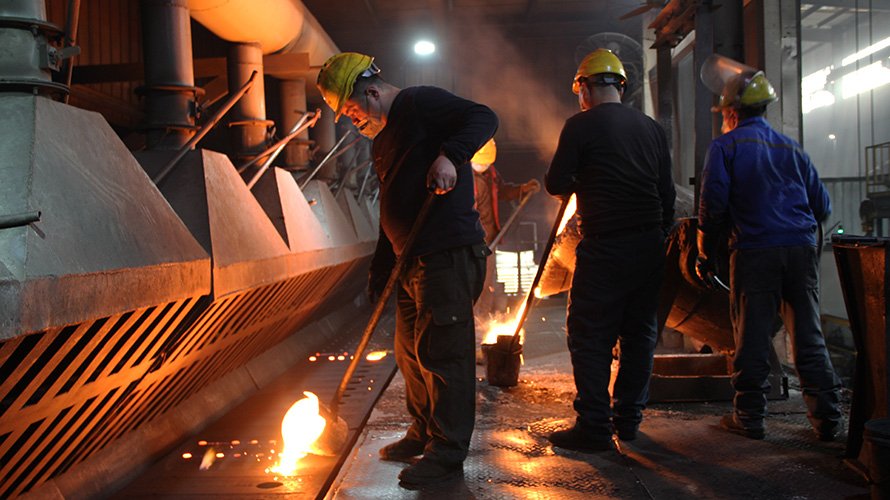
Understanding Stainless Steel Casting?
Stainless steel casting is a metal forming process that involves pouring molten stainless steel into a mold to create precise and complex components. It is widely used in industries such as automotive, aerospace, construction, and medical equipment manufacturing due to its exceptional strength, corrosion resistance, and versatility.
Why Choose Stainless Steel Casting?
Stainless steel casting offers numerous advantages, including high durability, superior surface finish, and excellent resistance to rust and corrosion. It also allows for the production of intricate designs with minimal machining, making it an ideal choice for precision components in various industries.
Common Stainless Steel Casting Methods
There are two primary methods of stainless steel casting:
Investment Casting: Also known as lost-wax casting, this method involves creating a wax pattern coated with a ceramic shell, which is then replaced by molten stainless steel.
Sand Casting: This traditional method uses sand molds to shape the final product and is preferred for larger and less intricate components.
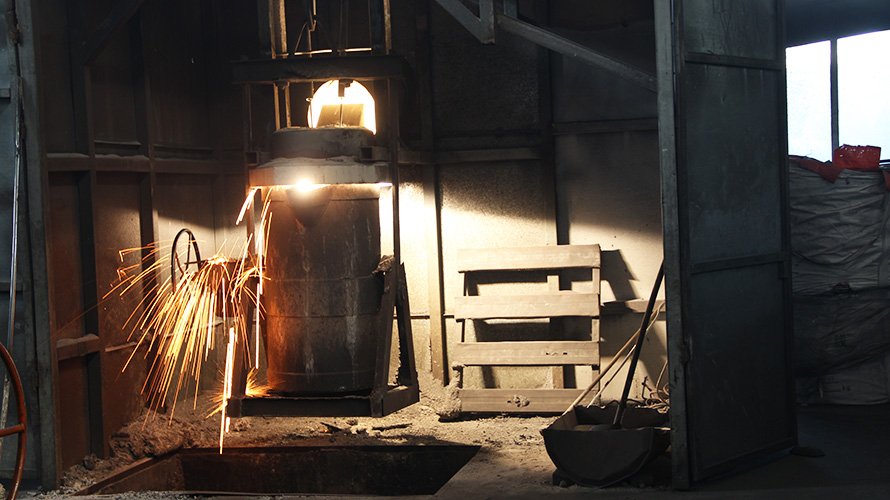
Types of Stainless Steel Used in Casting
Austenitic stainless steel is the most commonly used type in casting due to its high corrosion resistance and excellent mechanical properties. It contains a high percentage of chromium and nickel, making it ideal for applications in marine, chemical, and food processing industries.
Ferritic Stainless Steel
Ferritic stainless steel contains lower amounts of nickel, making it more cost-effective while still offering good corrosion resistance. It is commonly used in automotive and appliance manufacturing.
Martensitic Stainless Steel
Martensitic stainless steel is known for its hardness and strength, making it suitable for applications requiring wear resistance, such as knives, surgical instruments, and turbine blades.
Duplex Stainless Steel
Duplex stainless steel combines the properties of austenitic and ferritic stainless steel, offering high strength and superior corrosion resistance. It is widely used in offshore, petrochemical, and desalination industries.
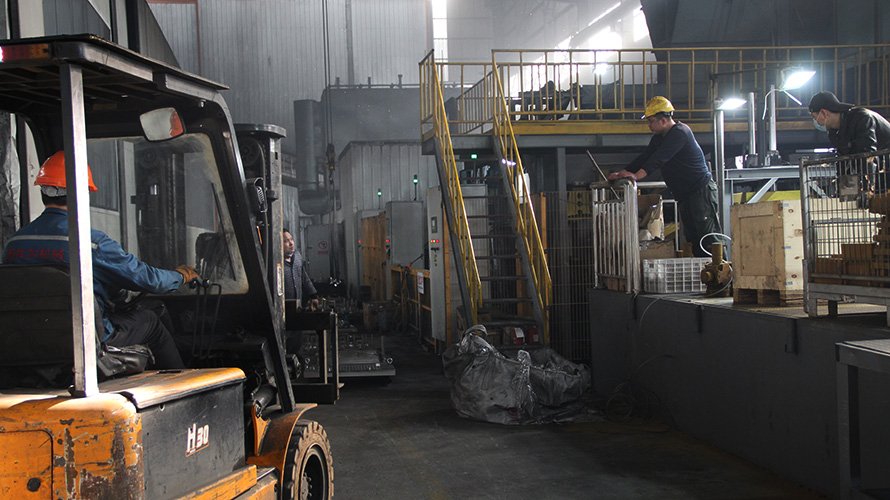
The Stainless Steel Casting Process
The casting process begins with designing a pattern that replicates the final component. This pattern is used to create a mold, which can be made from materials like sand or ceramic, depending on the casting method.
Melting and Pouring
Stainless steel is melted in a furnace at temperatures exceeding 1400°C (2552°F). Once molten, it is poured into the prepared mold to take the desired shape.
Solidification and Cooling
After pouring, the molten steel cools and solidifies within the mold. This stage is critical for ensuring the structural integrity of the final product.
Cleaning and Finishing
Once solidified, the cast component is removed from the mold and undergoes cleaning processes such as sandblasting or acid pickling. Additional machining may be performed to achieve precise dimensions and surface finish.
Inspection and Quality Control
The final cast product is inspected for defects such as porosity, cracks, or dimensional inaccuracies. Advanced testing methods like X-ray inspection, ultrasonic testing, and mechanical property evaluations ensure the component meets industry standards.
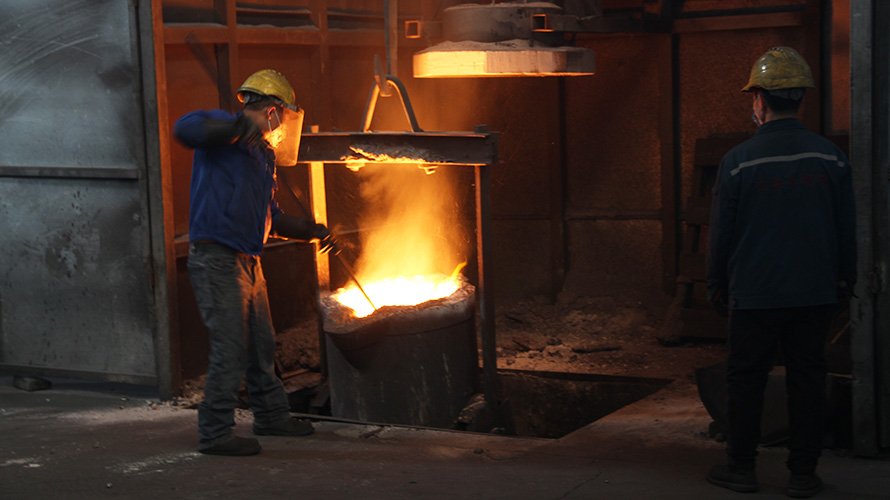
Applications of Stainless Steel Casting
Stainless steel castings are widely used in automotive components, including exhaust systems, turbochargers, and engine parts, due to their high-temperature resistance and durability.
Aerospace Industry
The aerospace industry relies on stainless steel casting for critical components like turbine blades, landing gear, and structural parts that require high strength and corrosion resistance.
Medical Equipment
Surgical instruments, implants, and diagnostic devices are often made from stainless steel castings due to their biocompatibility and sterilization capabilities.
Industrial Machinery
Valves, pumps, and gears in industrial machinery require stainless steel casting for durability, precision, and resistance to extreme operating conditions.
Construction and Architecture
Structural elements, handrails, and decorative components in buildings benefit from stainless steel casting due to its aesthetic appeal and longevity.
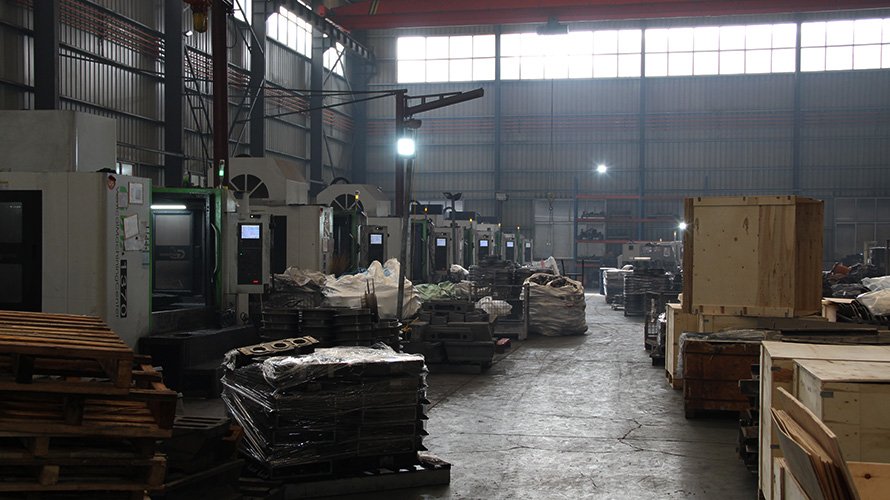
Conclusion
Stainless steel casting is an essential process in modern manufacturing, offering superior strength, corrosion resistance, and design flexibility. By understanding its various methods, materials, and applications, businesses can leverage stainless steel casting to produce high-quality components across diverse industries. Whether for automotive, aerospace, medical, or industrial purposes, stainless steel casting remains a reliable and versatile solution for complex metal parts.









